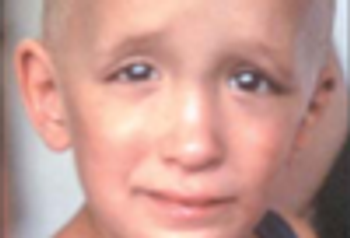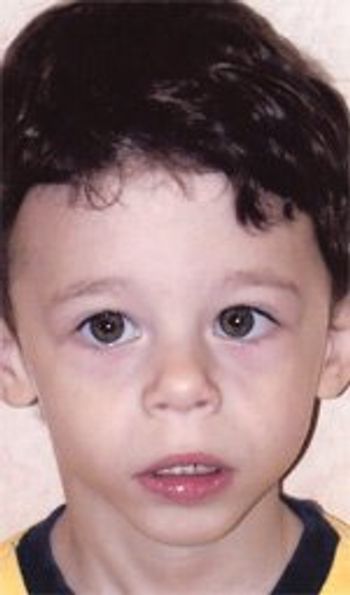
The American Academy ofChild and Adolescent Psychiatry recommendsroutine screening for anxiety inchildhood, querying various sources (child,parent, teacher) about anxiety symptoms,assessing for comorbid disorders,and evaluating severity and functionalimpairment. Transient and developmentallyappropriate worries and fears need tobe distinguished from anxiety disorders.Somatic symptoms, such as headache orstomachache, often accompany anxiety.A child’s anxiety may manifest as crying,irritability, or other behaviors that maybe misunderstood by adults as disobedience.Self-report measures can helpscreen for anxiety symptoms and monitortreatment response. Psychotherapy isthe initial treatment of children withanxiety. Pharmacotherapy with selectiveserotonin reuptake inhibitors may benecessary for those with moderate tosevere anxiety. In these children, theaddition of cognitive-behavioral therapymay improve functioning better thaneither intervention alone.







